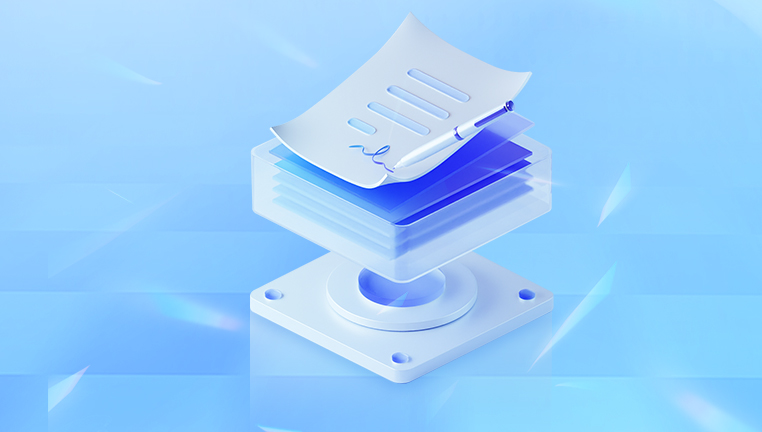Recovering a DWG file (AutoCAD drawing file) can be a crucial task, especially when you’ve lost important design work.
1. Using AutoCAD’s Built – in Recovery Tools
Automatic Save and Backup Files:
AutoCAD has an automatic save feature that creates temporary backup files at regular intervals. By default, these files are saved in a location that can be configured in the AutoCAD options. You can usually find the backup files in a folder such as “C:\Users[Your Username]\AppData\Local\Temp”. The naming convention of these backup files might be different, but they often have a “.bak” extension. To recover from a backup file, you can rename the “.bak” file to “.dwg” and then open it in AutoCAD.
The automatic save interval can be adjusted in the Options dialog box. Go to “Open and Save” tab and set the “Minutes between saves” value according to your needs. This can reduce the amount of work lost in case of a sudden crash or power outage.

Drawing Recovery Manager:
When AutoCAD encounters a problem and shuts down unexpectedly, it tries to recover the drawing files during the next startup. The Drawing Recovery Manager dialog box appears, showing a list of drawing files that can be recovered. You can preview the files and select the ones you want to recover. The recovered files are usually saved with a modified filename to avoid overwriting the original files. For example, if the original file was “MyDrawing.dwg”, the recovered file might be named “MyDrawing_recover.dwg”.
2. Third – Party Data Recovery Software
One of the key features of Panda Assistant is its compatibility with a wide range of file systems, such as NTFS, FAT, exFAT, and HFS+, ensuring that it works across most operating systems and storage devices. The software can also repair corrupted files, making it a comprehensive data recovery solution that addresses both data loss and file corruption.
Panda Assistant is designed with both novice and advanced users in mind. It offers step-by-step guidance through the recovery process, making it accessible to beginners, while also providing more advanced options for experienced users who need to fine-tune their recovery efforts. Whether you’re recovering personal photos, work documents, or critical business files, Panda Assistant is an invaluable tool that maximizes your chances of retrieving lost data with ease and efficiency.
3. Restore from a Backup Storage System
External Hard Drives:
If you regularly back up your DWG files to an external hard drive, you can simply connect the external drive to your computer and copy the files back to their original location. Make sure to keep your external hard drive in a safe place and update the backups regularly to ensure that you have the most up – to – date versions of your drawings.
Network – Attached Storage (NAS):
A NAS device allows multiple users to store and access data over a network. If your DWG files are backed up on a NAS, you can access the NAS from your computer, navigate to the backup folder, and restore the files you need. Some NAS systems also have built – in backup and versioning features, which can be useful for recovering previous versions of files.
Cloud Storage:
Services like Dropbox, Google Drive, and OneDrive are commonly used for file backup. If your DWG files were saved to a cloud storage service, log in to the respective service account, locate the files in the cloud storage folder, and download them back to your local computer. Some cloud services also offer version history, allowing you to restore an earlier version of a DWG file if it has been accidentally modified or damaged.
4. Check the Recycle Bin or Trash
If the DWG file was accidentally deleted, the first place to look is the Recycle Bin (on Windows) or the Trash (on Mac). In Windows, double – click on the Recycle Bin icon on the desktop. Locate the DWG file in the list of deleted files. Right – click on the file and select “Restore” to move it back to its original location. On a Mac, open the Trash from the Dock. Find the DWG file and drag it back to the folder where it was originally stored.
About us and this blog
Panda Assistant is built on the latest data recovery algorithms, ensuring that no file is too damaged, too lost, or too corrupted to be recovered.
Request a free quote
We believe that data recovery shouldn’t be a daunting task. That’s why we’ve designed Panda Assistant to be as easy to use as it is powerful. With a few clicks, you can initiate a scan, preview recoverable files, and restore your data all within a matter of minutes.
Subscribe to our newsletter!
More from our blog
See all postsRecent Posts
- Retrieve deleted videos from sd card 2025-04-25
- How to retrieve damaged sd card? 2025-04-25
- Retrieve photos from sd card 2025-04-25

 Try lt Free
Try lt Free Recovery success rate of up to
Recovery success rate of up to









